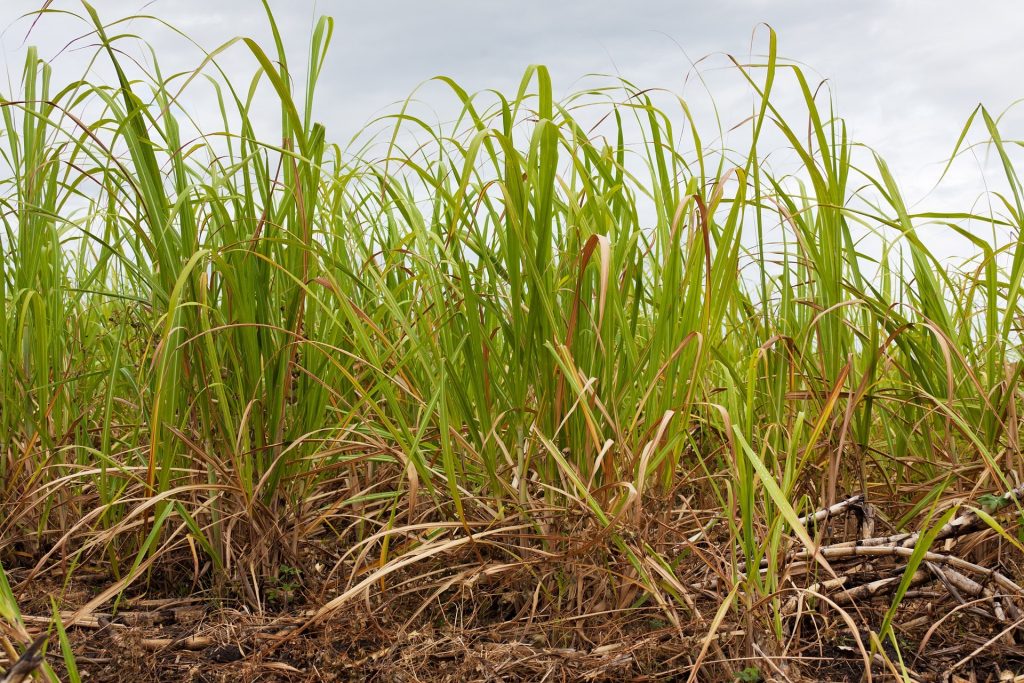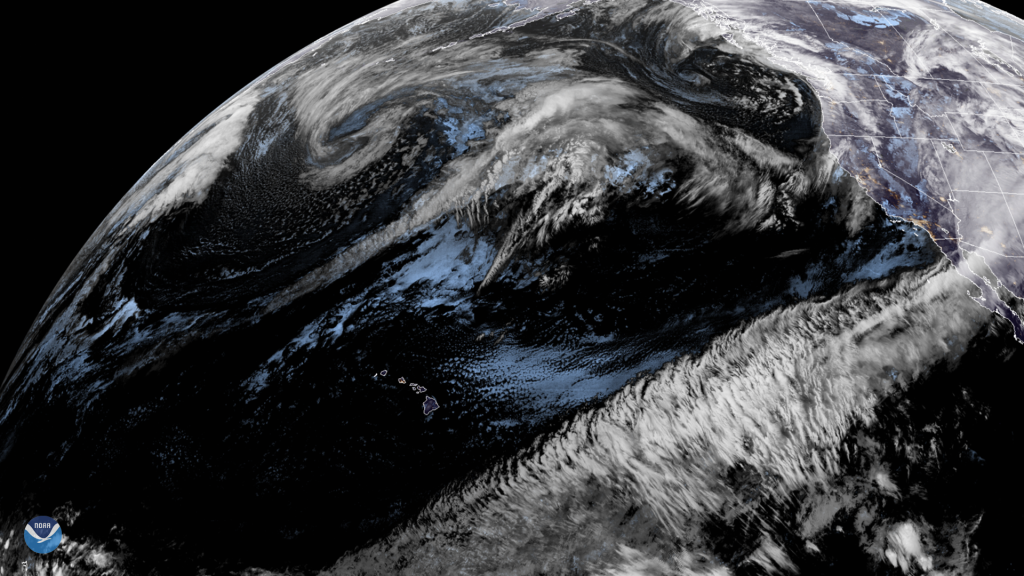Across Earth’s tropics, where frequent rainstorms are often a year-round fact of life, the concept of a drought might seem counterintuitive. On the contrary, droughts in these regions are exceedingly common, contends new research published in the Journal of Hydrometeorology — and while they pose similar risks to agriculture and water security, they tend to manifest differently than conventional droughts in other parts of the world.
Most droughts come with ample warning, resulting from weeks or months of dry conditions before affecting soils enough to meet criteria for a conventional drought. During that time, farmers and water managers can take steps to offset the long-term impacts of a drought, such as modifying irrigation patterns or reservoir operations. However, on smaller, tropical islands that lack deep groundwater aquifers, soils are far more sensitive, prone to drying out even after only a few hot days without rain. These flash droughts occur suddenly and are not restricted to just the typical dry season, giving locals less time to prepare for them.
“The tropics have extremely intense solar radiation, so atmospheric processes tend to be expedited,” said Craig Ramseyer, study co-author and Virginia Polytechnic Institute and State University (Virginia Tech, Blacksburg) Assistant Professor and climatologist, in a release. “Despite often receiving daily rainfall, island ecosystems are particularly vulnerable to drought conditions.”
Ramseyer, working alongside Louisiana State University (Baton Rouge) Coastal Meteorologist Paul Miller, has been searching for more reliable ways to predict flash droughts in the tropics. Their work has the potential to enhance protections for people, economies, and the environment.
Looking Up Instead of Down
Assessing soil moisture is a time-honored approach to detect droughts and measure their severity. In the tropics, however, Ramseyer and Miller echo the arguments of other researchers who suggest that identifying drought through soil is impractical. A preferable measure is evaporative demand — a more complex variable that assesses the atmosphere’s varying capacity to absorb moisture from soil or plant matter, they say.

“A lot of drought observation is based on soil moisture, but in tropical environments, a decline in soil moisture is a response to other things that have already happened, so you’re further down in the chain of events,” Ramseyer said. “We can mitigate a lot of losses in, say, agriculture, by being able to forecast sudden, anomalous increases in evaporative demand.”
First proposed in 2016, an experimental tool called the evaporative demand drought index (EDDI) is gaining momentum as a way to gauge the atmospheric conditions that cause droughts rather than detecting their effects and symptoms. The EDDI not only provides more notice before a flash drought occurs — often as much as 10 days before soil moisture plummets — but also enables researchers to predict droughts using only meteorological and atmospheric data without the need for on-the-ground sensors.
The researchers sought to use the EDDI to study where and when flash droughts occur in the Caribbean, where they are highly consequential yet poorly understood. They gathered 40 years of Caribbean meteorological data collected by the European Centre for Medium-Range Weather Forecasts (Reading, England) and used established algorithms from the EDDI to calculate hour-by-hour and region-by-region evaporative demand. They then used this data to train a machine-learning model that generated a high-resolution timeline of flash droughts between 1981 and 2020 for more than 20 Caribbean countries.
Many Questions, Few Answers
The researchers determined that flash droughts commonly affect nearly every part of the Caribbean — and with increasing frequency — albeit at different times of year.
On average, they found that the Caribbean has a roughly 2-to-5-year return period for flash drought events. However, areas such as the Atlantic coast of Central America demonstrated far more frequent flash droughts (as many as 10 to 13 events within the study period) while other regions, such as much of the Dominican Republic, experienced far fewer. Similarly, areas such as Hispaniola and Caribbean South America were more likely to receive flash droughts during the traditional dry season between December and March, while areas farther west experienced them more often during the summer.
Crucially, the analysis also found a significant correlation between flash drought occurrences and the seasonal movement of the Madden–Julian Oscillation — a recurring, eastward-moving weather system that governs rainfall in tropical regions. However, researchers are thus far unsure whether this relationship results predominantly from shifts in temperature, increased transport of dust and sediment across the Atlantic Ocean, tropical-wave modulation, or other factors.
The researchers describe how their analysis also suggests flash droughts are becoming more frequent and intense in the tropics with climate change, similar to storms.

“A warming planet results in more moisture available in the atmosphere overall, which means that the kinds of short-term precipitation events common to the Caribbean will increase in intensity,” Ramseyer said. “Meanwhile, droughts are becoming higher in magnitude, so climate change is altering both extremes.”
According to the researchers, this study confirms two things: that the EDDI is a more useful and reliable predictor for tropical flash droughts than soil-moisture monitoring and that the Caribbean Basin is uniquely susceptible to these flash droughts. They emphasize, however, that more research is necessary to understand the specific causes of these droughts and to inform best practices for preparation and adaptation.
For farmers, the stakes of these gaps in knowledge are high. Study authors write, for example, that crop insurance policies in Puerto Rico and the U.S. Virgin Islands often are tied to specific drought definitions as specified by the U.S. Drought Monitor. However, these existing definitions are not well-suited to flash droughts, as they often overlook them or underestimate their effects. Expanded scientific inquiry can inform more robust definitions that take into account the unique meteorological circumstances of tropical regions, the researchers contend.

ABOUT THE AUTHOR
Justin Jacques is editor of Stormwater Report and a staff member of the Water Environment Federation (WEF). In addition to writing for WEF’s online publications, he also contributes to Water Environment & Technology magazine. Contact him at jjacques@wef.org.






